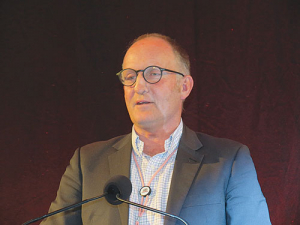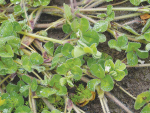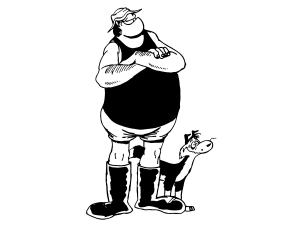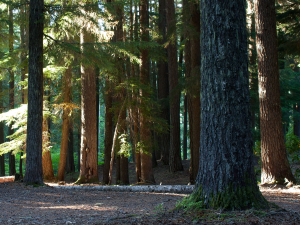Beef + Lamb NZ has decided to go ahead with proposed increases in sheepmeat and beef levies.
In a summary of farmer feedback, BLNZ says it got support for a strong launch of Taste Pure Nature and for accelerating its environment strategy.
The meat industry body will work closely with meat processing companies to avoid duplicating marketing as it launches its Taste Pure Nature campaign.
“However there were concerns from a range of farmers about avoiding duplicating the efforts of processing companies and other organisations,” the summary says.
BLNZ says it is working with meat processing companies and other groups to make sure all work is complimentary.
“BLNZ will not take any decisions on [starting] Taste Pure Nature that are not supported by the processing companies.”
With Taste Pure Nature, BLNZ will track the pick-up on the marketing activity, and track whether the price for NZ beef and lamb increases, especially in the key markets where it launches the origin branding.
The four key areas to be accelerated by the levy increase also include the Red Meat Story, helping the sector lift its environmental performance and reputation, telling the farmer story better and strengthening BLNZ’s ability to address biosecurity risks.
From October 1, 2018 the levy for sheepmeat will increase 10 cents to 70 cents per head and the beef levy by 80 cents to $5.20 per head. This is 0.4% of the average slaughter value of prime steer/heifer, 0.7% of cull dairy cow, 0.7% of lamb and 1.1% of mutton over the last three years.
In Telling the Farmer Story better, BLNZ intends to survey public perceptions and track improvements.
It says while farmers support strengthening biosecurity capability, some were confused about whether the proposed levy increase would go towards the industry’s contribution to dealing with Mycoplasma bovis.
“The levy proposal is separate from the industry’s share of the M.bovis response. The extra money our levy proposal is seeking is to strengthen BLNZ’s internal ability to prepare for future incursions or issues.. The industry’s contribution to funding the M.bovis response costs is being negotiated between BLNZ and DairyNZ and will likely be raised by a separate biosecurity levy.”
It concedes some concern about the timing of the levy increase and the uncertainty about what extra costs may be incurred in the M.bovis response.
“BLNZ thought long and hard about going to farmers at such a difficult time. If the levy increase was delayed, the next opportunity to increase it would not be until October 2019 because we can only increase it at that one time of the year.”
Support from the dairy industry was pleasing: some farmers were concerned about duplication of DairyNZ efforts and wanted to know more about how their levy was used to benefit dairy farmers.
“We work closely with DairyNZ in many areas already, such as building capability in agriculture and biosecurity, but we will build on this collaboration to achieve better outcomes and we intend to update dairy farmers more regularly on the work BLNZ does of benefits to them.”
Chair Andrew Morrison says farmers gave clear support to the levy proposal: almost 63% of respondents backed an increase. Support was similar from sheep, cattle and dairy farmers.
BLNZ will gazette the levy change this month, informing meat processing companies of the rise and advertising the change to farmers over the coming weeks.



















